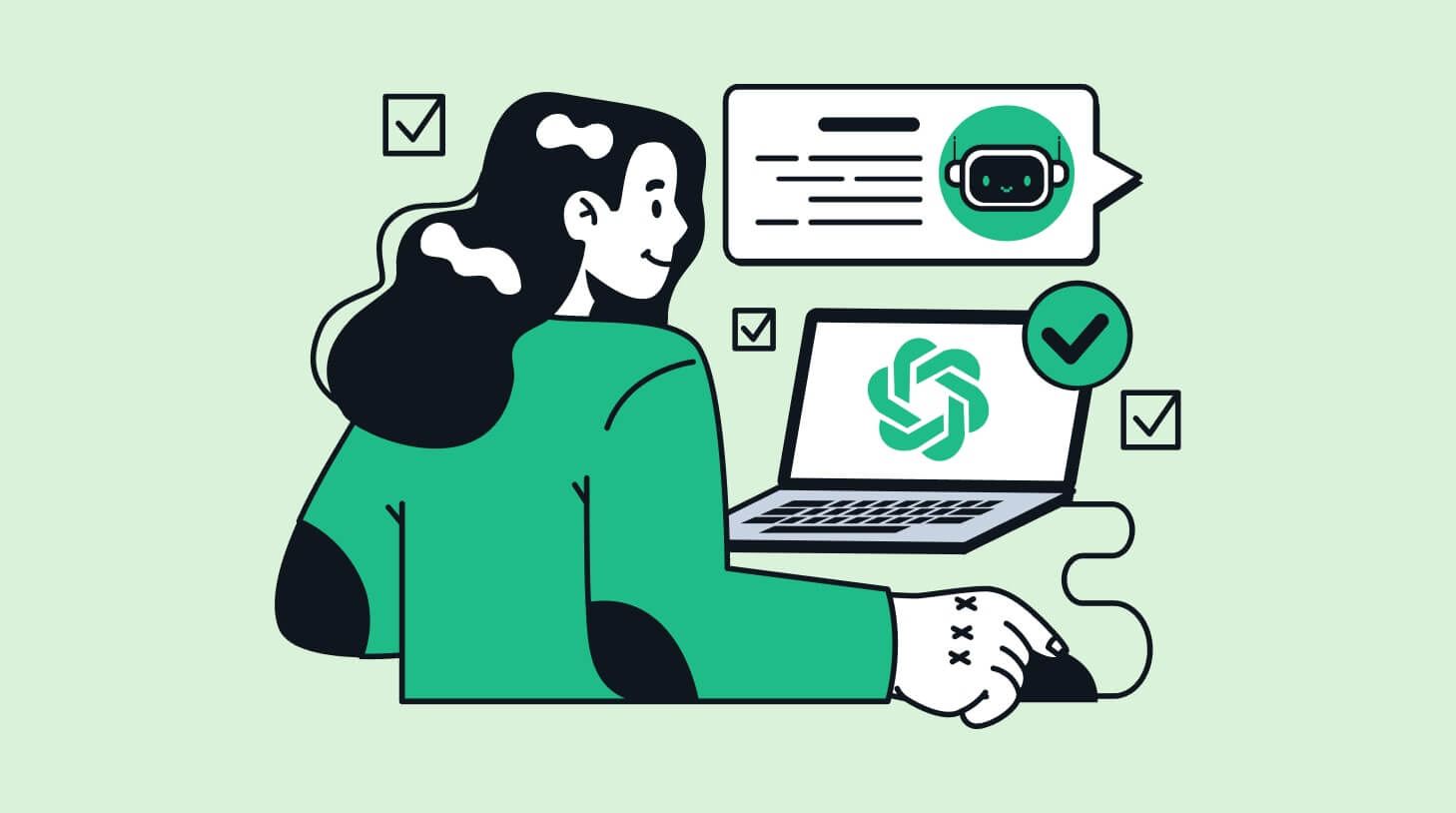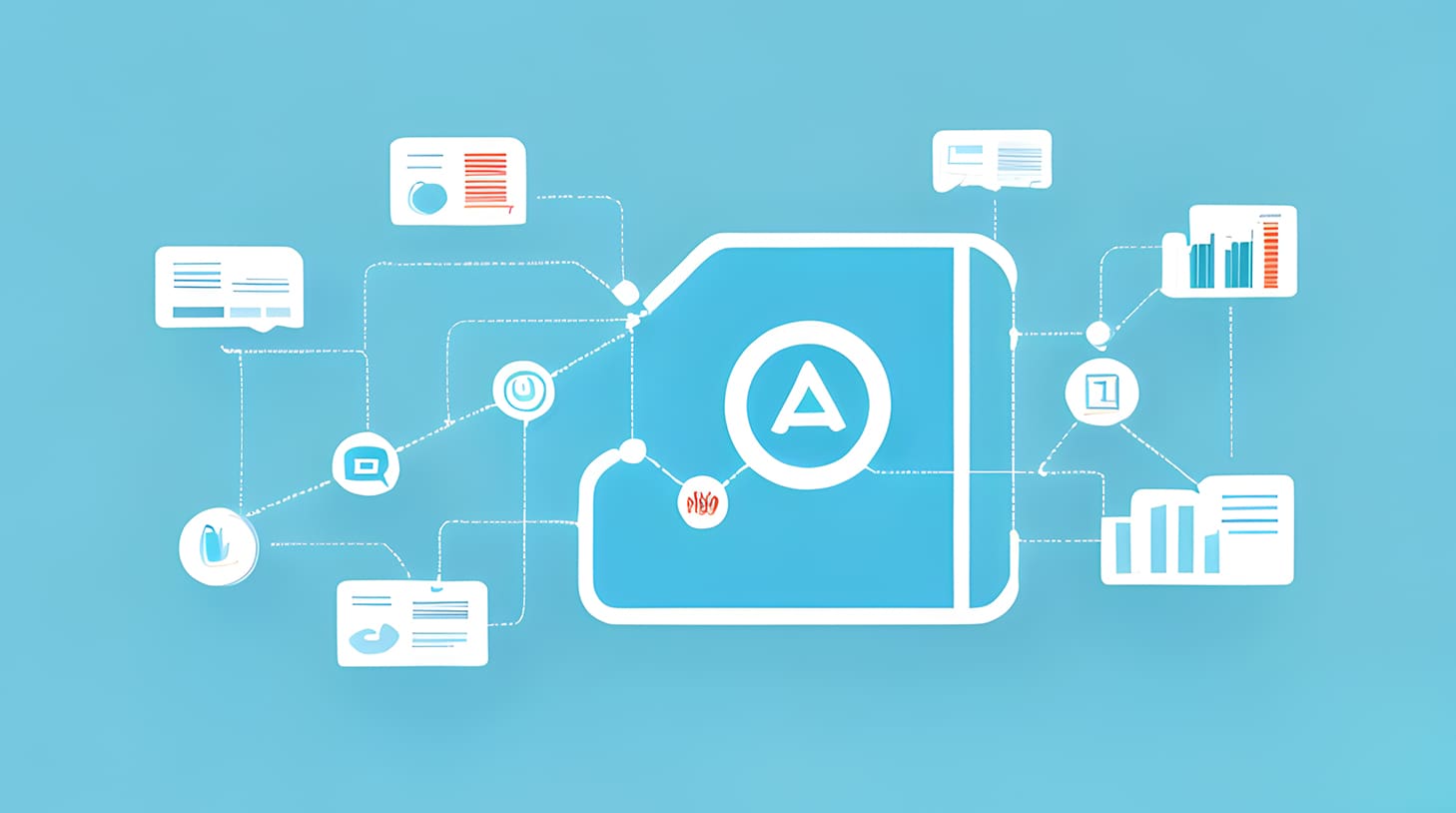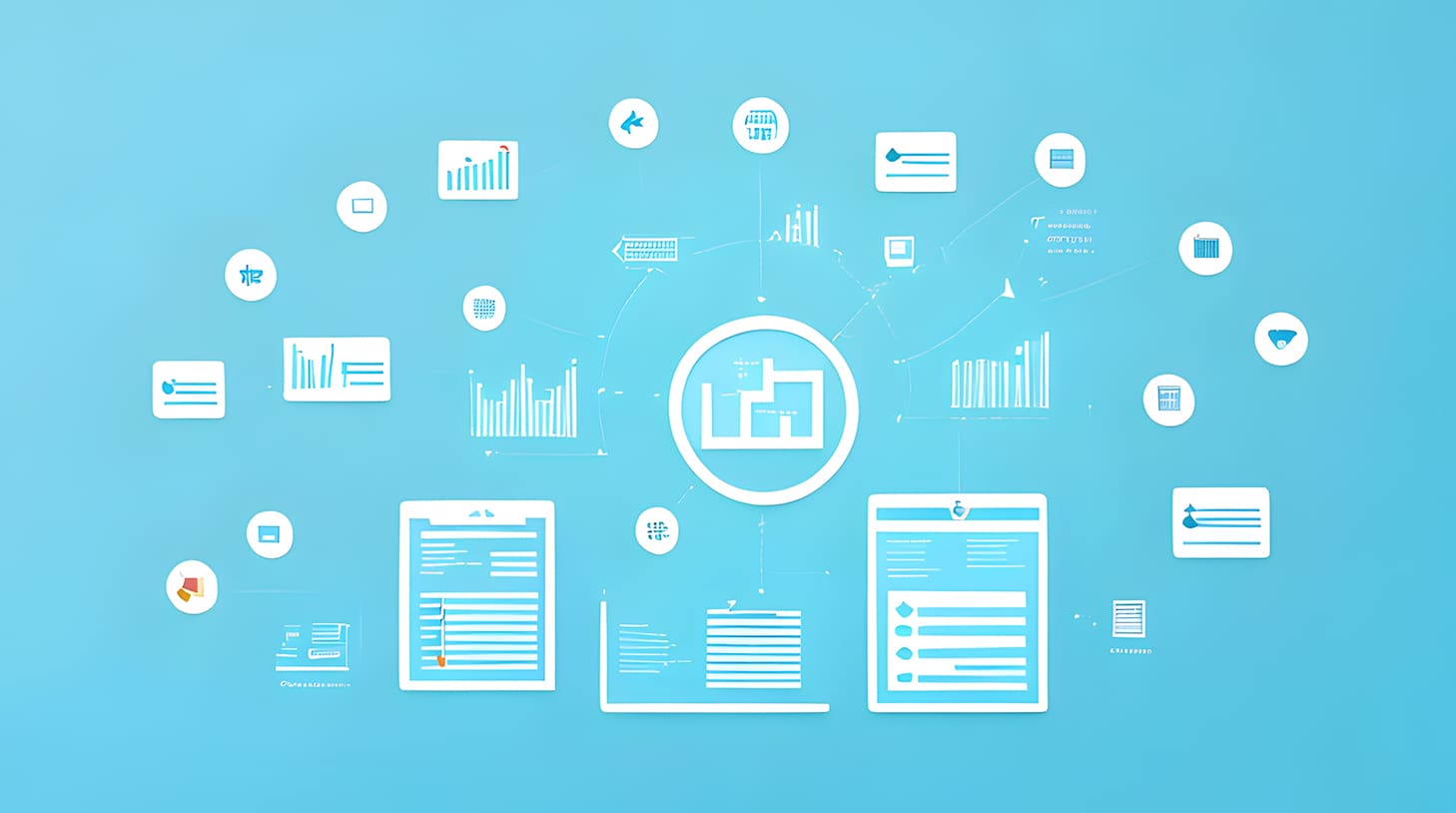DEI in the workplace: Three experts discuss
DEI in the workplace – meaning diversity, equity and inclusion – has recently appeared on most companies’ radar and is finally receiving the attention it deserves. The Black Lives Matter movement reminded business leaders that diversity and inclusion is not just a nice-to-have initiative but a long-term business goal – and that’s exactly how we should treat it from now on.

We at Workable want to educate ourselves more on DEI at work and at the same time to share our learnings as far as we can. That’s why on October 8, 2020, we hosted a webinar titled: ‘How to build a sustainable DEI strategy’ with three DEI experts with unique expertise and considerable contribution to their fields. Workable Senior Account Manager Kelly Paterson moderated, and the panelists were:
- Chikere Igbokwe – Founder and D&I Consultant at Inclucive and Allyship
- Siobhan Randell – Inclusion and Diversity Lead at WhiteHat
- ZeShaan Shamsi – Partner at The People Collective
Below, you’ll find some of their most valuable points around representation at work, DEI data analytics, diverse recruitment and inclusivity.
Embrace uncomfortable conversations
The Black Lives Matter movement gained solid ground in 2020 in response to widely publicized videos of George Flloyd’s death in late May. Racial discrimination became the core focus of DEI conversations. These conversations are tough, especially for businesses that don’t have diverse talent.
According to Chikere, that absence of representation, especially when it comes to race, is one of the main reasons why DEI initiatives fail or are hard to follow for many:
“How can you talk about race if you don’t have any representation?” Chikere posed. “If you don’t have people who look different from you, how do you know how to talk about it? I think that’s the issue that a lot of organizations they say are really having. A lot of the hiring managers, a lot of the recruiters, I think, the issue that I see all the time is that people tend to hire the same type of people.”
With no representation it’s difficult to get to the core of these delicate issues as most people who are part of a minority find this topic uncomfortable. But this is not an excuse, says Chikere:
“I think we really need to have an open and honest conversation about hiring black, brown, people that don’t particularly look like you.”
Your attitude is key in this phase. For ZeShaan, accepting that you’re not an expert and that you’ll probably fail at times is crucial to discuss those issues in an open way:
“Brené Brown has a wonderful turn of phrase and it can be applied here and to many things, which is, ‘I’m not here to be right, I’m here to do right.’ Just going in with that kind of humble, vulnerable mentality to say, listen, we’re trying to unpack such a complex thing. […] You don’t have to have all the answers.”
Use data to back up DEI initiatives
All panelists agreed that a data-driven approach is mandatory for a successful DEI strategy. Before implementing any practices or initiatives, look closely at data you’ve collected of your workforce and job applicants.
Then, invest your time and energy exactly where you see fit to drive evidence-based changes, as Siobhan suggests:
“If you have initiatives but you don’t know the ethnicity of your workforce and you don’t collect this data, then how do you know if any of those diversity initiatives work? How do you even know if you’ve got the right initiatives?” Siobhan asks.
“For me, [kind of] before you are reactive, and perhaps book a workshop or kind of put together something so you feel like you’re doing something, it’s really important to actually have that really thorough internal look at the company.”
Organizations should also organize data in a meaningful way to achieve representation. Using acronyms such as BAME – a mainly British acronym meaning “Black, Asian and minority ethnic” – to group different minority populations is misleading and limiting, according to Chikere:
“I think the issues that lots of organizations are having is that there’s no data. We use acronyms, the acronym BAME, as catch-all tick boxes. I think the problem is, how do you identify the individuals within your organization? I hate the word BAME, because black, Asian, minority, ethnic is the case of it’s white against everyone else.”
Instead of simply subscribing to BAME, think carefully about the categorization of data you’re looking to collect. Once you have the right data, you’ll be able to restructure your sourcing and recruitment processes to track DEI progress. You will also be able to form a business case based on evidence and connect it to organizational success.
In ZeShaan’s own words:
“Inclusivity leads to diversity, leads to innovation, leads to success. The inclusivity leads to diversity of perspective, which by proxy means you limit your blind spots, which therefore mean that you are able to innovate further, which gives you a competitive advantage.
“If you have that competitive advantage, you are going to succeed by whatever metric of success your company chooses, whether it’s revenue, whether it’s market share, whatever it might be.”
Revisit the recruitment process
So how can you use data to create a diverse recruiting process? Siobhan explains how WhiteHat’s team contextualizes data in each recruiting stage and gives equal hiring chances to entry-level talent from various backgrounds. With a dedicated sourcing team and partnership with charities, they reach out to young people who are not in education or employment.
Siobhan explains how they help young people move down the recruiting funnel successfully and how they reframe applicants’ achievements based on context:
For Chikere, educating hiring managers around DEI should be a priority. When everyone is on the same page, they can boost DEI initiatives and promote diverse recruiting. Here are Chikere’s top techniques:
- Make sure job adverts are inclusive
- Use diverse job boards to attract different candidates
- Ensure your interview panel is diverse
- Collaborate with recruitment agencies that prioritize DEI
ZeShaan agrees with Chikere’s point on the value of training hiring managers – sometimes their expectations around job fits are so narrow focused that there is no room for candidates from diverse backgrounds to stand out:
He elaborates:
“Often what I’ve found, […] it’s the expectation of what hiring managers want. ‘I need somebody with a first from Oxford in computer science’, and my first question is, ‘Why?’”
“What we actually want to challenge is capability rather than just the qualification. Actually you don’t need somebody with a first from Oxford. What you need is somebody who is able to solve this problem,” ZeShaan says.
But can companies expand their talent pools to reach diverse people, especially if they don’t have a large value proposition? ZeShaan explains his sourcing approach, which he divides into inbound and outbound:
Siobhan adds that, at WhiteHat, they evaluate candidates based on potential and not prior academic achievement, which if often a misleading performance indicator:
“We recruit on five competencies, which include things like grit, resilience, conscientiousness, intent, how much does the individual want it, interpersonal skills, and communication. By looking at those things, we feel that you can more holistically assess what an individual is going to bring to your company. That’s kind of what really shapes our processes.”
Create an inclusive environment
Hiring employees with diverse characteristics is not enough if they don’t feel included and respected at work. Chikere believes in the power of DEI training and in the importance of promoting allyship at work to ensure diverse talent feel safe.
Siobhan puts emphasis on the role of leaders and managers in promoting inclusivity. They should act as inclusion gatekeepers and get all employees together on this journey – it’s not a single HR professional’s role to safeguard DEI for the whole business.
“That responsibility for inclusion, for living it every day, sits with every single individual,” Siobhan explains.
“How are you fostering that sense of ownership from one of your frontline devs, right through to one of your operations managers, right through to kind of somebody in finance? How do they really understand what their role in inclusion is? Because they’re going to have more daily interaction with colleagues than your diversity and inclusion lead, so it can’t just sit with them.”
ZeShaan believes that diversity groups have two facets. First, the diversity groups that identify with the same characteristics gather in an inclusive safe space where they discuss openly about their experiences and concerns. Then, at the second part they include everyone else harmoniously in this discussion.
According to ZeShaan, diversity groups should not work in isolation:
“When people feel that they’ve been part of the solution, you don’t have to sell it to them. You don’t have to armor up, and it doesn’t have to be a ‘who shouts the loudest’. If that works in harmony multiple times, you’re going to have people that are just going to be across all those diversity groups.”
DEI in the workplace – the time has come…
Long story short: if you’re about to set up a quick plan to introduce DEI initiatives into your business, you probably have it wrong. It’s a long-term game that requires thorough research and training.
So talk with experts, get your leaders onboard and most importantly, educate yourselves. You won’t impact the world with a few performative actions that seem just right; change needs to happen from the inside and throughout, to have that important lasting impact on the overall company culture.




